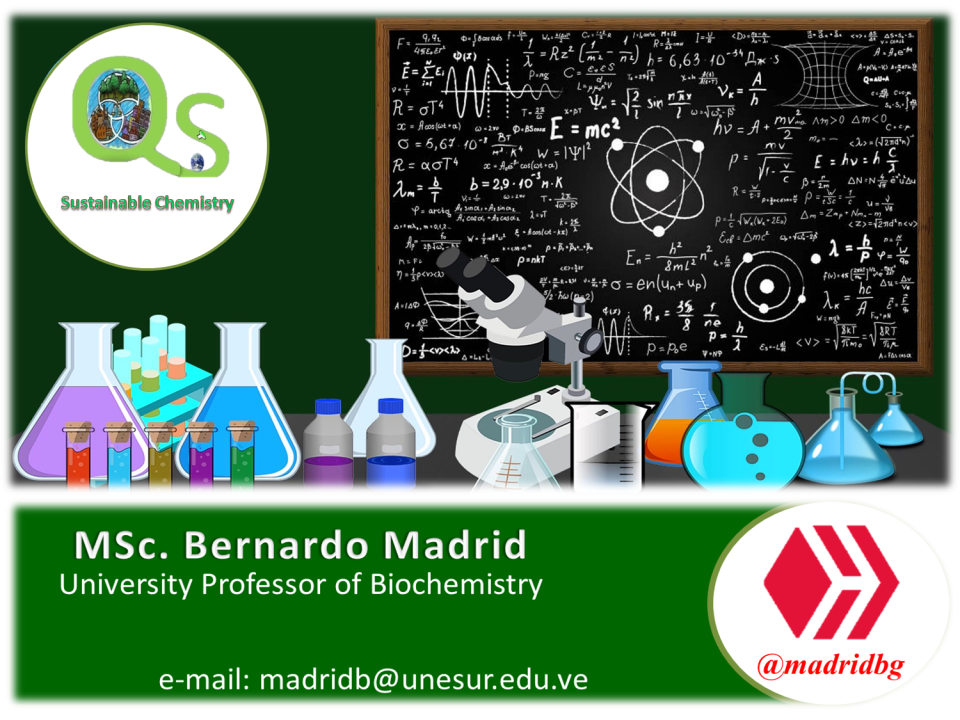
Autor: @madridbg, vía Power Point 2010, utilizando imágenes de dominio público. MasterTux
Saludos y bienvenidos estimados lectores a otra entrega asociada con las dinámicas o procesos que se impulsan a través del equipo de @talentos, en esta oportunidad estaremos haciendo un abordaje sobre un aspecto muy importante en nuestra vida y que pueden marcar de forma positiva o negativa nuestras relaciones interpersonales, haciendo referencia específicamente a nuestra capacidad de perdonar.
En este sentido, es preciso comprender que el perdón debe asumirse como una actitud o un proceso voluntario, que nos permite estar bien con uno mismo antes que con los demás, de manera que es un acto intrínseco que nos permite aprender a amarnos y aceptarnos bajo cualquier circunstancia en nuestra vida.
De manera que es preciso comprender que esta decisión voluntaria, de cierta forma nos da libertad sobre aquellos sentimientos negativos asociados con el resentimiento, el dolor, el enojo o cualquier actitud negativa que como persona podemos estar desarrollando.
Greetings and welcome dear readers to another delivery associated with the dynamics or processes that are promoted through the @talentos team, this time we will be addressing a very important aspect in our lives and that can positively or negatively mark our interpersonal relationships, referring specifically to our ability to forgive.
In this sense, it is necessary to understand that forgiveness must be assumed as an attitude or a voluntary process, which allows us to be well with ourselves before being well with others, so that it is an intrinsic act that allows us to learn to love and accept ourselves under any circumstance in our lives.
So it is necessary to understand that this voluntary decision, in a way, gives us freedom over those negative feelings associated with resentment, pain, anger or any negative attitude that as a person we may be developing.

Fig. 2. Fuente: Pixabay. Autor: waldryano
En este punto trataremos de llevar este concepto o definición, a la relación de pareja, la cual nos permitirá dar continuidad al tema que planteamos anteriormente asociados con la actitud por consiguinte, si hacemos un abordaje a nivel matrimonial, nos daremos cuenta que toda las parejas o matrimonios en algún momento de sus vidas, pasa por altos y bajos, ya sea por errores del pasado o errores que estamos cometiendo en el presente, los cuales acarrean efectos negativos en la relación matrimonial.
De manera que como matrimonio, cuando se presentan estos escenarios negativos, debemos aprender a subsanarlos y la mejor forma para lograrlos es poder tratar adecuadamente los errores cometidos o errores del pasado, ya que estos si no sea tratan a tiempo, son convertidos en un catalizador que degenera paulatinamente la relación de pareja.
En este sentido, nuestra relación matrimonial por momentos entran en un proceso de crisis que para muchos parece normal y de cierta forma podemos seguir avanzando y olvidando las fallas o errores que como cónyuges hemos cometido, olvidando aparentemente el problema.
At this point we will try to take this concept or definition to the couple's relationship, which will allow us to give continuity to the theme that we raised earlier associated with the attitude so that if we make an approach at the marital level, we will realize that all couples or marriage at some point in their lives, goes through ups and downs, either by past mistakes or mistakes that we are making in the present, which carry negative effects on the marital relationship.
So as a married couple, when these negative scenarios arise, we must learn to correct them and the best way to achieve them is to properly address the mistakes made or past mistakes, because if they are not treated in time, they become a catalyst that gradually degenerates the couple's relationship.
In this sense, our marital relationship at times enters a process of crisis that for many seems normal and in a certain way we can continue to move forward and forget the failures or mistakes that we as spouses have made, apparently forgetting the problem.

Fig. 3. Fuente: Pixabay. Autor: Alexas
La verdad es que solo falta un pequeño punto de ignición para que retomemos la problemática del pasado y afianzamos los errores del presente en aquellos problemas o errores que podemos cometer en ese pasado, esto se debe a que en realidad lo que hicimos fue guardar un problema en un baúl y dejarlo latente para que resurja en problemas futuros, de modo que no fuimos capaces de tratar efectivamente con esos errores.
Y en el momento en que reaparecen, lo hacen con mayor intensidad o fuerza, ya que utilizamos estas situaciones problemáticas como un proceso o herramientas para herir al otro, haciendo énfasis en el error cometido, en este sentido, no hemos perdonado a nuestra pareja por las fallas y debilidad que se presentó en un momento de su vida.
De manera que abordar los errores del pasado en función de poder perdonar, es un acto complejo que debe ejecutarse de manera secuencial y que describiremos a continuación.
The truth is that only a small ignition point is missing so that we take up the problem of the past and entrench the mistakes of the present in those problems or mistakes that we can commit in that past, this is because in reality what we did was to keep a problem in a trunk and leave it latent to resurface in future problems, so that we were not able to deal effectively with those mistakes.
And the moment they reappear, they do so with greater intensity or strength, since we use these problematic situations as a process or tools to hurt the other, emphasizing the mistake made, in this sense, we have not forgiven our partner for the failures and weakness that arose at a time in his or her life.
Therefore, dealing with past mistakes in order to forgive is a complex act that must be carried out sequentially and which we will describe below.

Fig. 4. Fuente: Pixabay. Autor: Anemone123
1. Aprender a identificar los problemas, en este punto es preciso tener en cuenta, cual es la situación que en realidad está ocasionando el daño a nuestra relación de pareja y para ello basta con un proceso de comunicación asertiva y efectiva que permita dejar en claro las situaciones negativas que nos están afectando y en el caso de que no podamos con esta tarea en función de la pareja, podemos solicitar ayuda a nuestros hijos, suegros o padres, con la idea de que nos ayuden a identificar los diferentes comportamientos negativos que podamos estar cometiendo y que están ocasionando daños en nuestra relación matrimonial.
2. Aprender a confesar los problemas y a arrepentirnos, es aquí el punto más álgido de esta temática ya que debemos autoevaluarnos y ser consciente en los efectos negativos y en las acciones que cometemos y que hacen daño a nuestra pareja.
Si seguimos esta secuencia de dos pasos, podemos llegar a felices términos y el proceso de perdonar los errores cometidos en el pasado, se hace mucho más flexible ya que hemos expuesto todas las problemáticas que nos hacen daño y en consecuencia, seremos parejas conscientes y con la capacidad de dejar de lado y perdonar cada una de las situaciones que nos aquejan.
1. Learn to identify the problems, at this point it is necessary to take into account, what is the situation that is actually causing the damage to our relationship and for this it is enough with a process of assertive and effective communication that allows to make clear the negative situations that are affecting us and if we can not with this task as a couple, we can ask for help to our children, in-laws or parents, with the idea that help us to identify the different negative behaviors that we may be committing and are causing damage to our marital relationship.
2. Learning to confess the problems and to repent, this is the most important point of this topic since we must self-evaluate and be aware of the negative effects and the actions that we commit and that hurt our partner.
If we follow this two-step sequence, we can come to happy terms and the process of forgiving the mistakes made in the past becomes much more flexible since we have exposed all the issues that hurt us and consequently, we will be conscious partners with the ability to let go and forgive each of the situations that afflict us.
De allí que el tratar los errores del pasado, se convierte en un proceso voluntario, intencional y dirigido a mejorar y hacer crecer nuestra relación de pareja, con esto no quiero decir que los errores cometidos van a desaparecer, por el contrario siguen estando presente pero por el hecho de conversarlos de ser intencionales y de asumir un criterio voluntario, le daremos un tratamiento diferente y en consecuencia estas situación problemática no ejercerán presión alguna en nuestra vida de casados.
By this I do not mean that the mistakes made will disappear, on the contrary, they are still present but by the fact of talking about them, being intentional and assuming a voluntary criterion, we will give them a different treatment and consequently these problematic situations will not exert any pressure on our married life.
DE INTERÉS

1. La secuencia informativa maneja en estas líneas de escritura, son producto de interpretación asociada a una formación recibida para matrimonios.

Saludos @madridbg, importante los puntos que nos presentas en este trabajo y que son una gran guía para abordar de manera correctas esos obstáculos que a lo largo de cualquier relación matrimonial se presentan y que causan un fuerte dolor por no ser perdonados y superados.
Saludos
Saludos @sidalim88, de antemano gracias por pasar y dejar tu valioso aporte, comparto tu opinión ya que buscar resolver las diferencias o errores del pasado nos permite avanzar y crecer como matrimonio.
Saludos y exito en tus labores.
The rewards earned on this comment will go directly to the people(@madridbg) sharing the post on Twitter as long as they are registered with @poshtoken. Sign up at https://hiveposh.com.